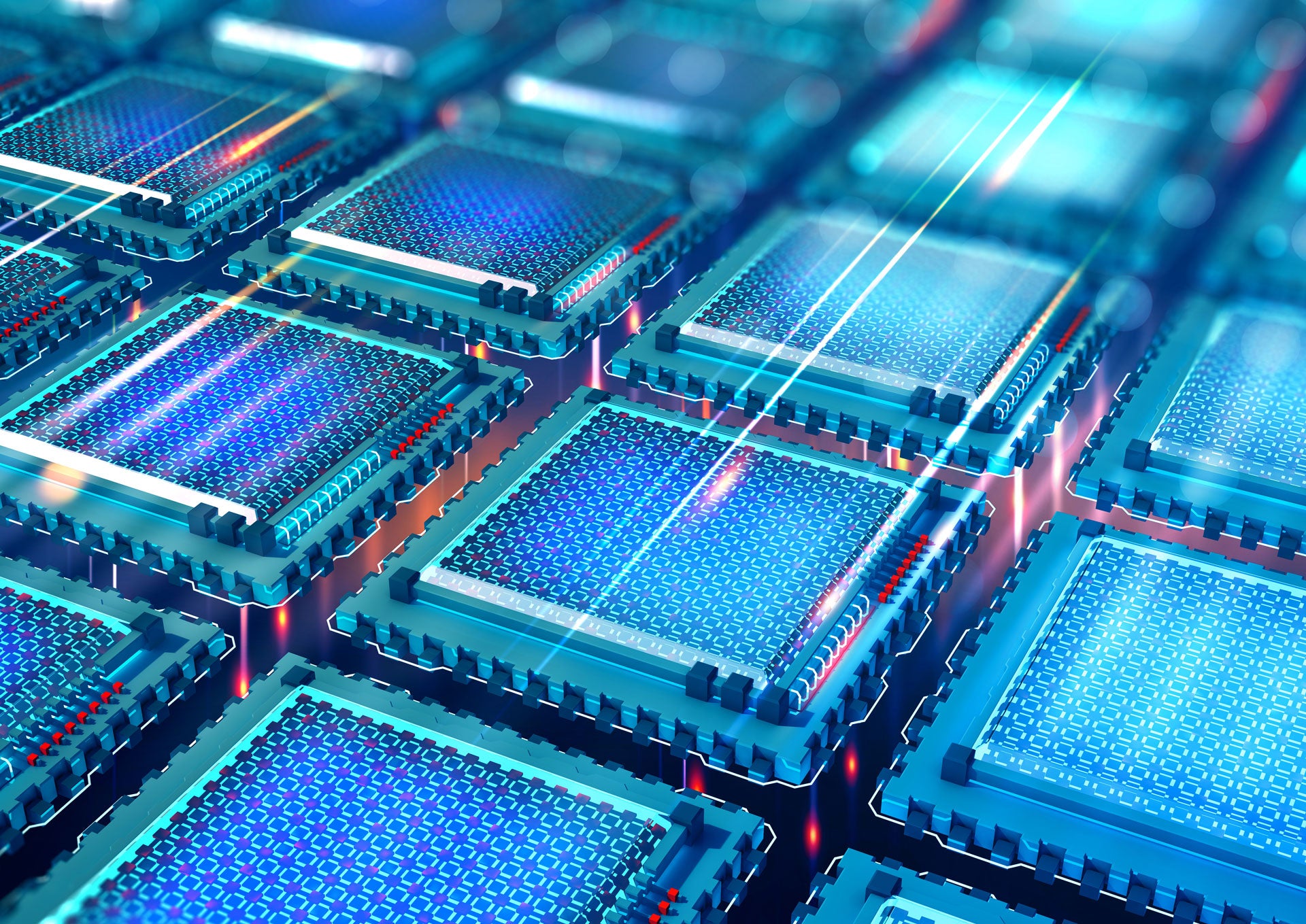
New research could bring scientists one step closer to creating fully functional quantum computers.
This is according to researchers from Purdue University and the University of Rochester, who have developed a method of relaying information by transferring the state of electrons, which could be a key step in using quantum computing in information science.
Quantum computers operate on the principles of quantum mechanics at the scale of atomic and subatomic particles, meaning many of the laws of physics used in traditional computing do not apply. This means they can carry out tasks not possible using conventional computing.
They have the potential to provide insights into the principles of physics and chemistry, investigate the interaction of cells in the body and crack complex codes, among many other things.
Barriers to making quantum computers a reality
Quantum computers are based on quantum bits, also known as qubits, which can be made from a single electron. Unlike ordinary transistors, used in other computers, which can be either “0” or “1,” qubits can be both “0” and “1” at the same time, meaning they can be in different states at the same time.
However, transferring information between qubits presents a challenge for those working in the field of quantum computing.
How well do you really know your competitors?
Access the most comprehensive Company Profiles on the market, powered by GlobalData. Save hours of research. Gain competitive edge.

Thank you!
Your download email will arrive shortly
Not ready to buy yet? Download a free sample
We are confident about the unique quality of our Company Profiles. However, we want you to make the most beneficial decision for your business, so we offer a free sample that you can download by submitting the below form
By GlobalDataAssistant professor of physics John Nichol explains why this is difficult:
“A quantum computer needs to have many qubits, and they’re really difficult to make and operate. The state-of-the art right now is doing something with only a few qubits, so we’re still a long ways away from realizing the full potential of quantum computers.”
Quantum computing research combats error correction challenge
According to researchers, all computers, including quantum computers, have to perform error correction, which is where errors that occur when data is transmitted are automatically corrected.
For quantum computers, problems arise due to the fact that electrons have a north and south magnetic pole at either end, meaning electrons with the same magnetic moment cannot be in the same place. This is an issue because qubits have to interact for error correction.
However, when they put opposite electrons on top of each other, they noticed something surprising. Nichol explains what happened:
“If two electrons are in opposite states, they can sit on top of each other. A surprising consequence of this is that if the electrons are close enough, their states will swap back and forth in time.
“If you have one electron that’s up and another electron that’s down and you push them together for just the right amount of time, they will swap.They did not switch places, but their states switched.”
Nichol and his colleagues cooled down a semiconductor chip to very low temperatures. Using nanoscale semiconductors or quantum dots, they trapped four electrons in a row, then moved the electrons so they came in contact and their states switched.
Michael Manfra, a professor of physics and astronomy at Purdue University, explains why this could be an important step towards quantum computing:
“This experiment demonstrates that information in quantum states can be transferred without actually transferring the individual electron spins down the chain. It is an important step for showing how information can be transmitted quantum-mechanically–in manners quite different than our classical intuition would lead us to believe.”
The University of Rochester recently received a $4m grant from the Department of Energy to explore quantum materials.
Read More: Preparing for quantum computing’s devastating impact on cybersecurity.



